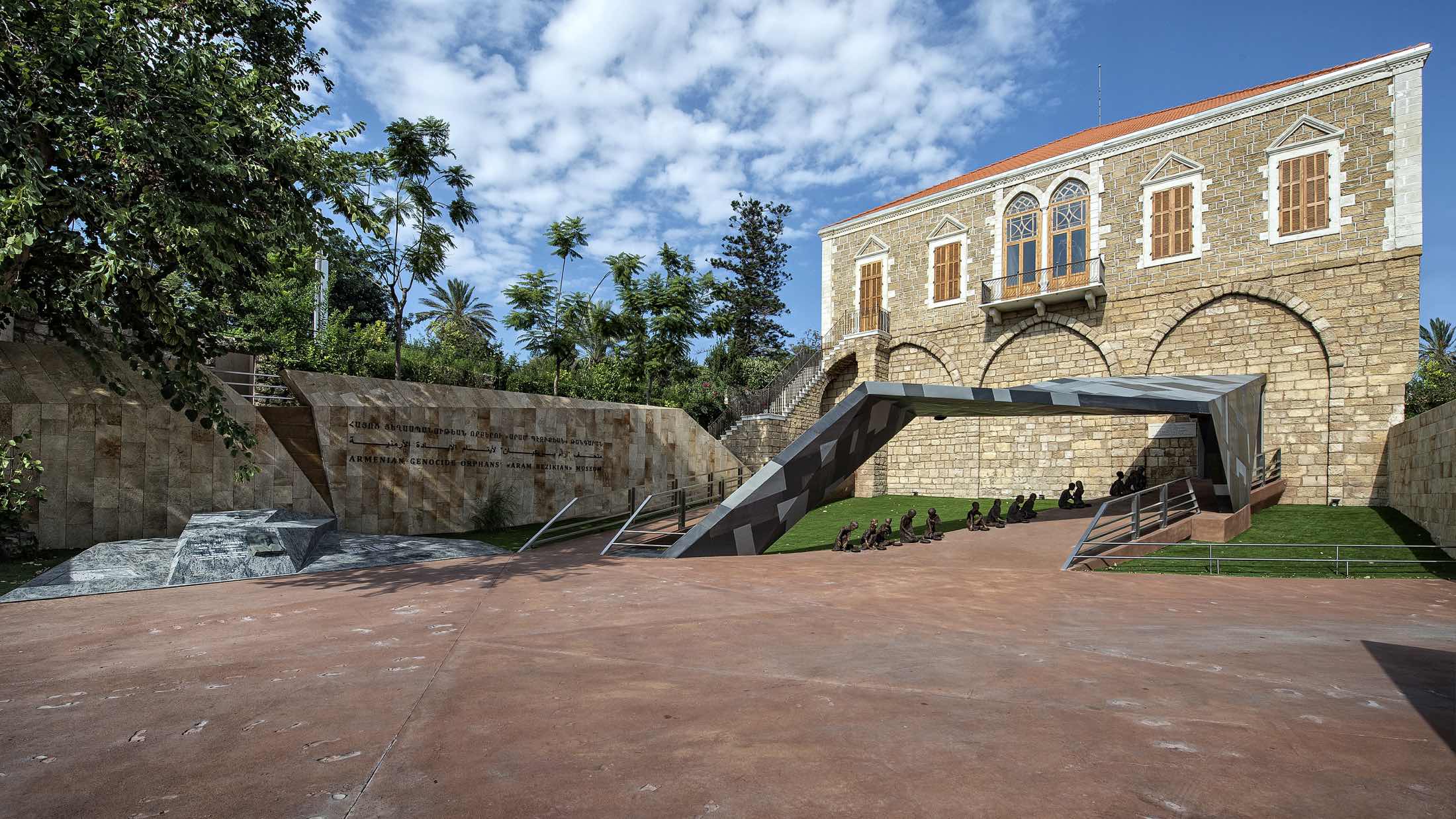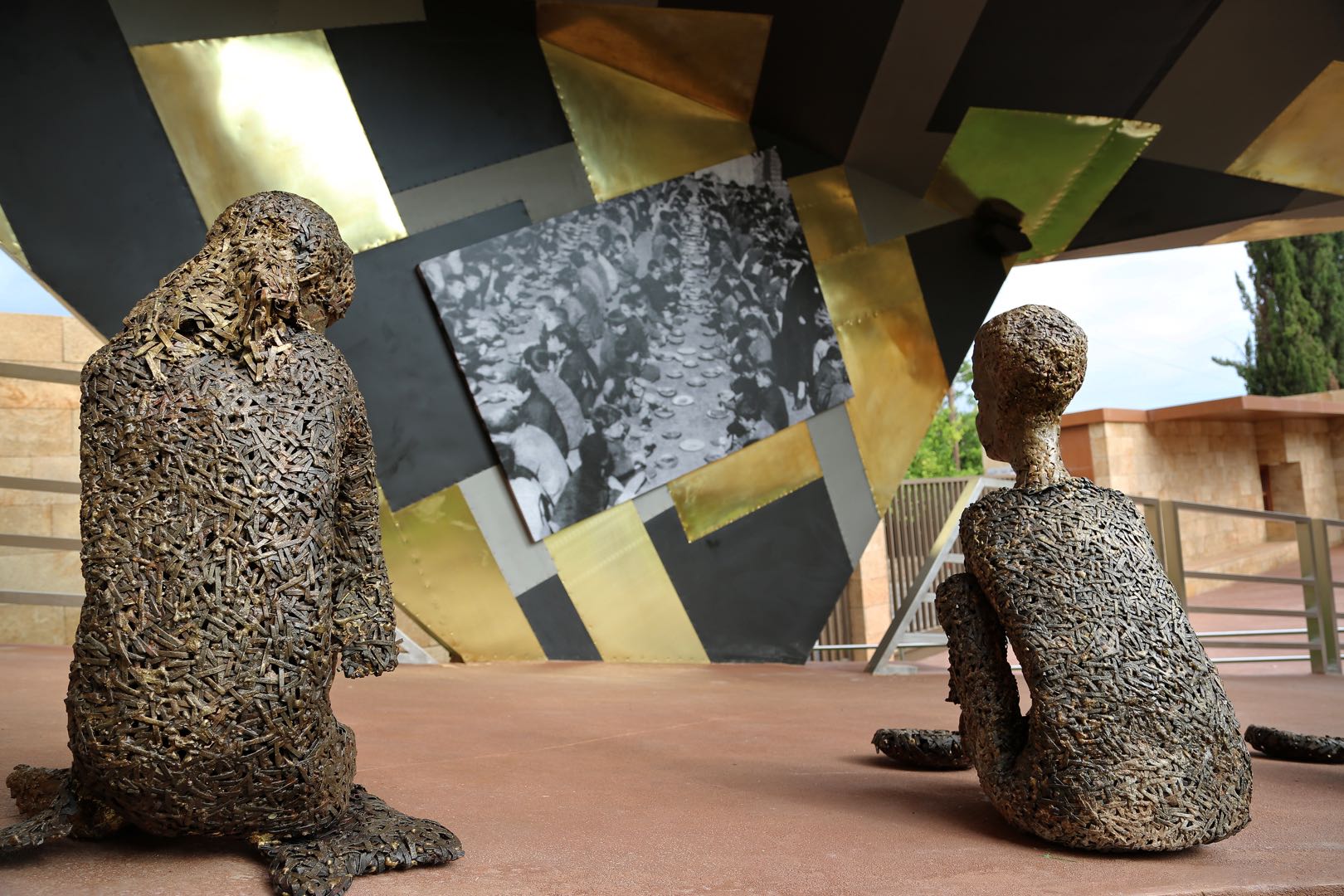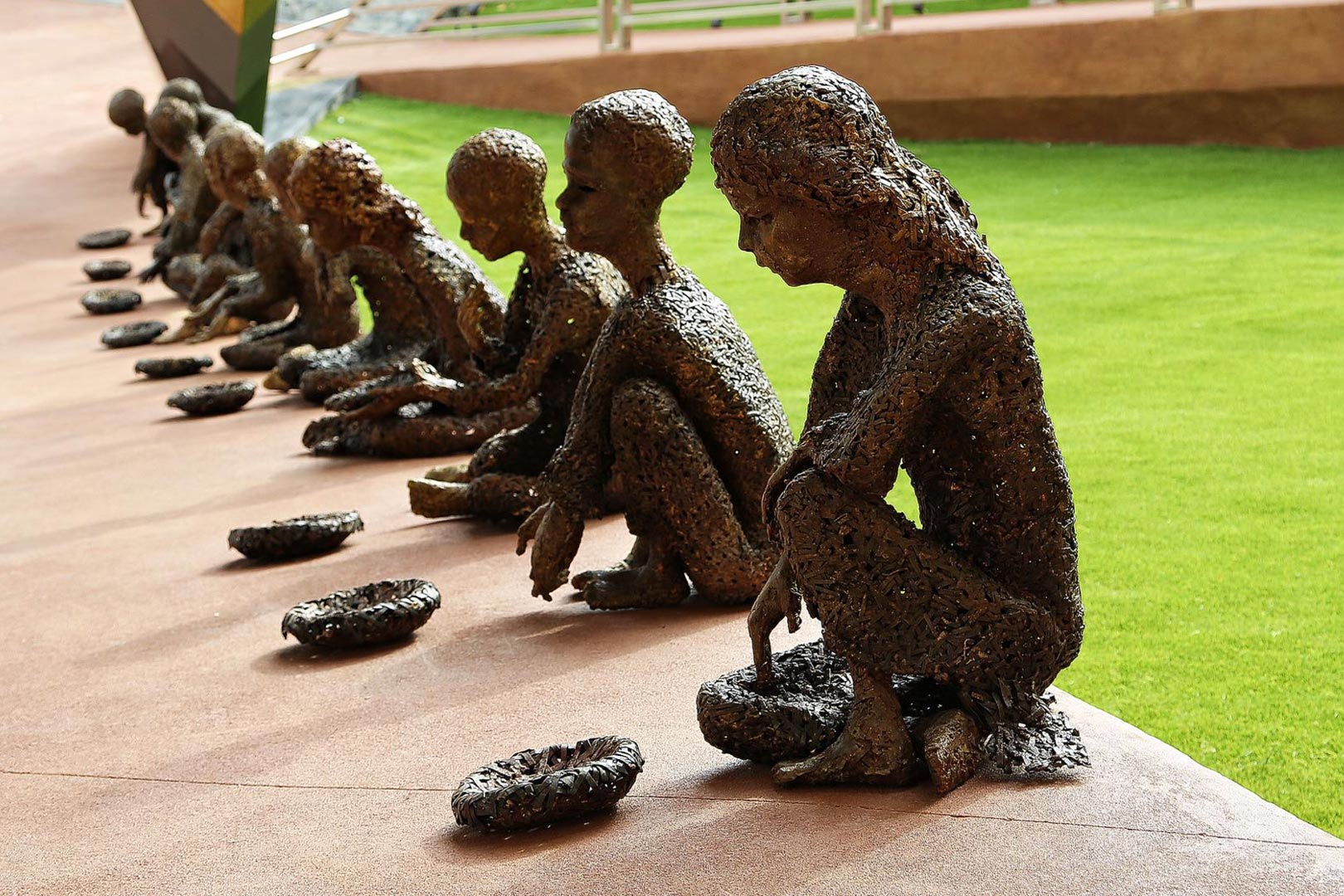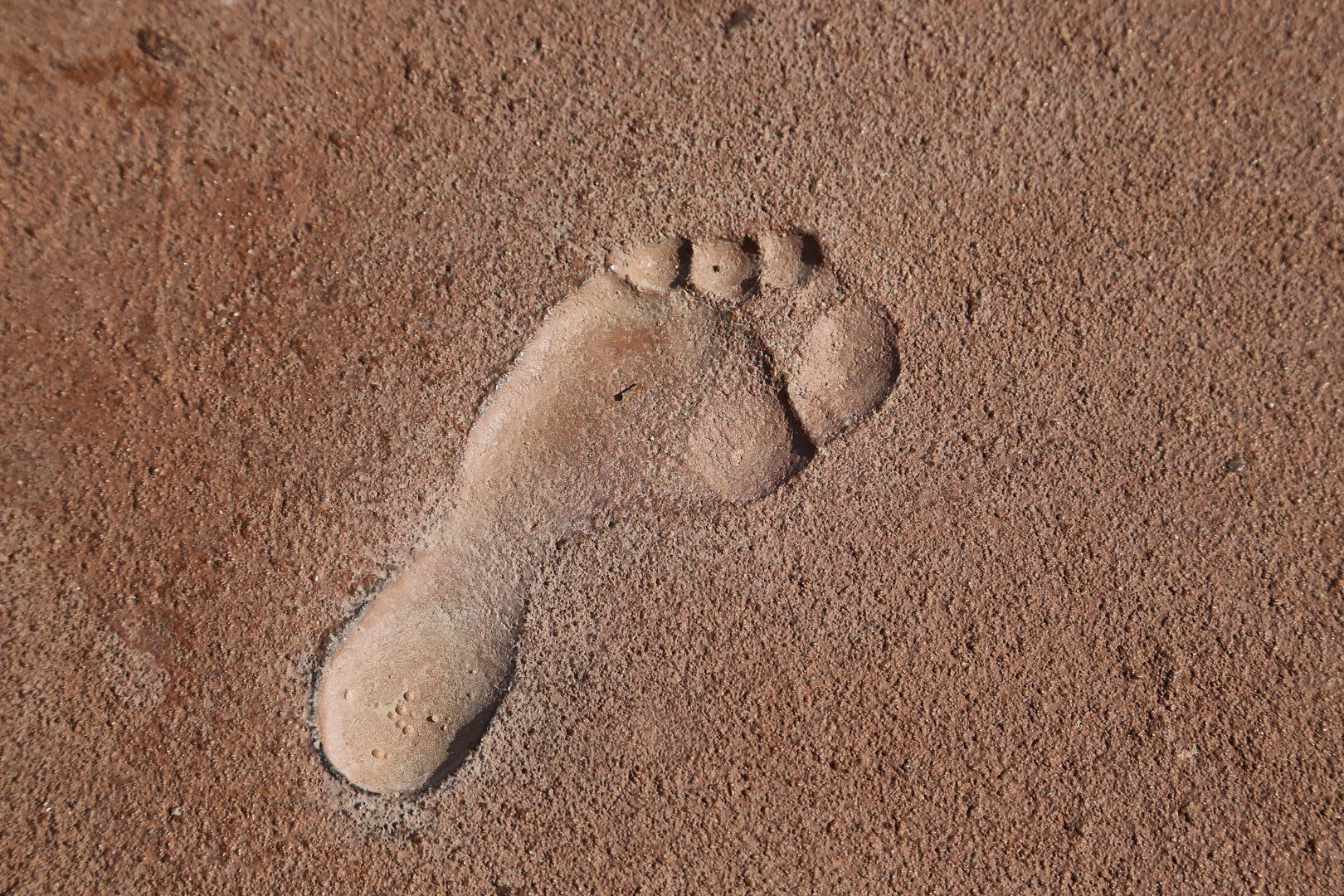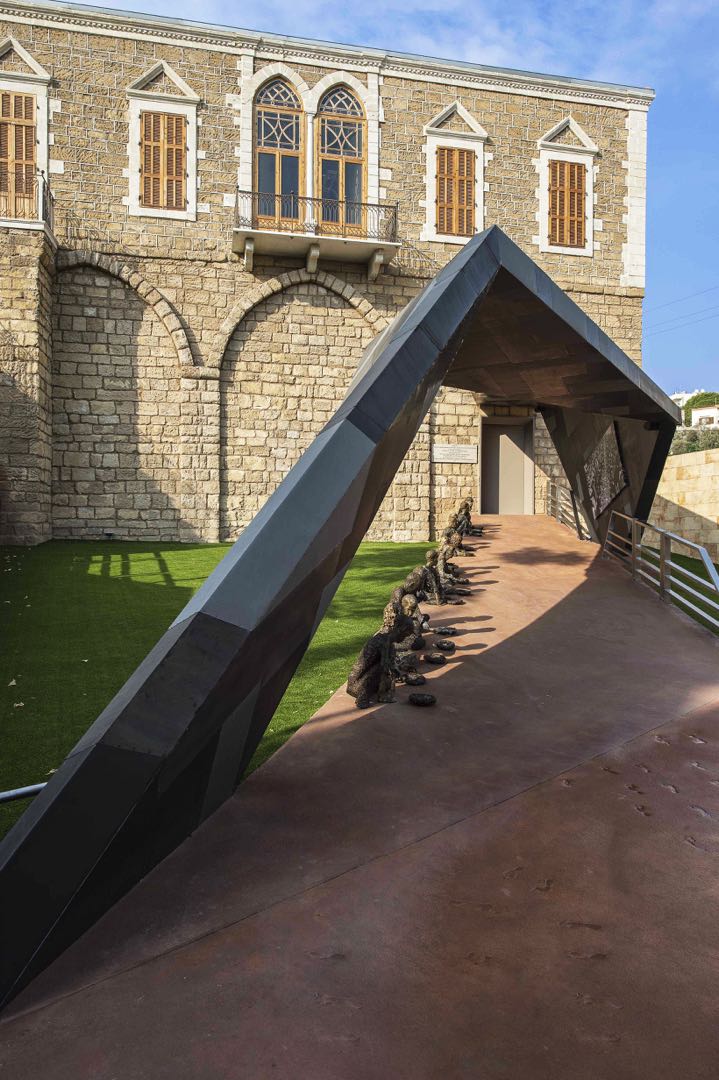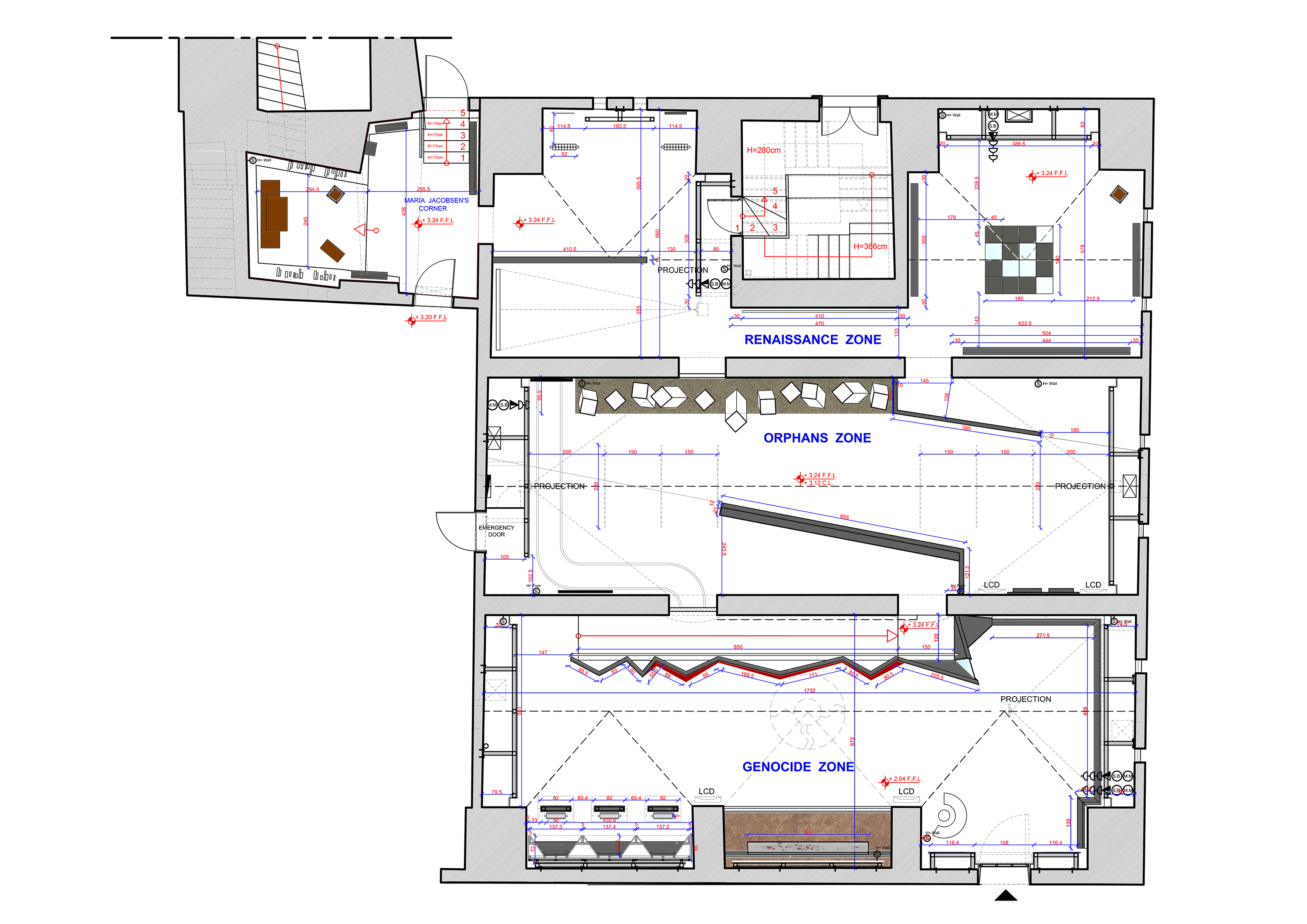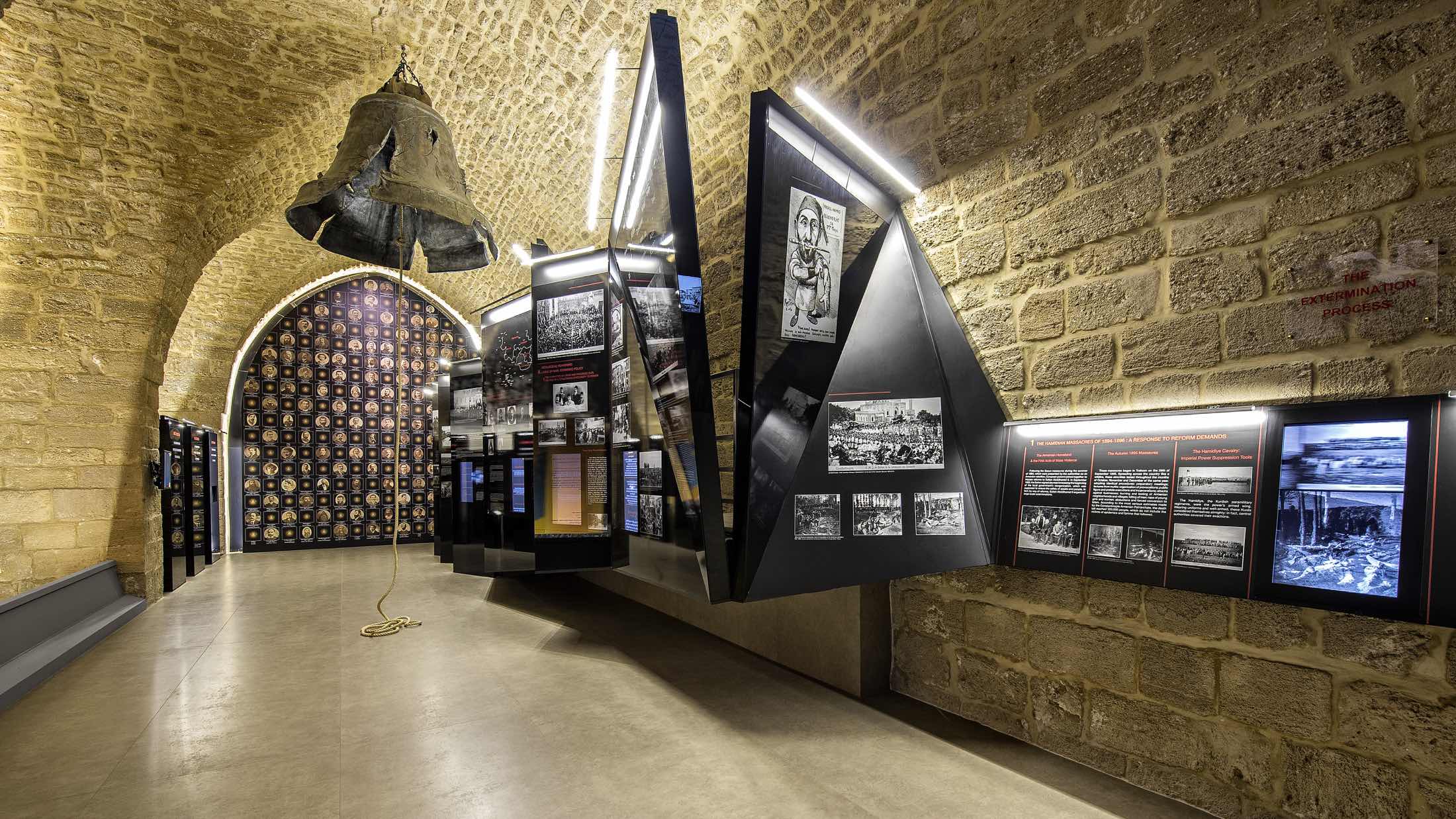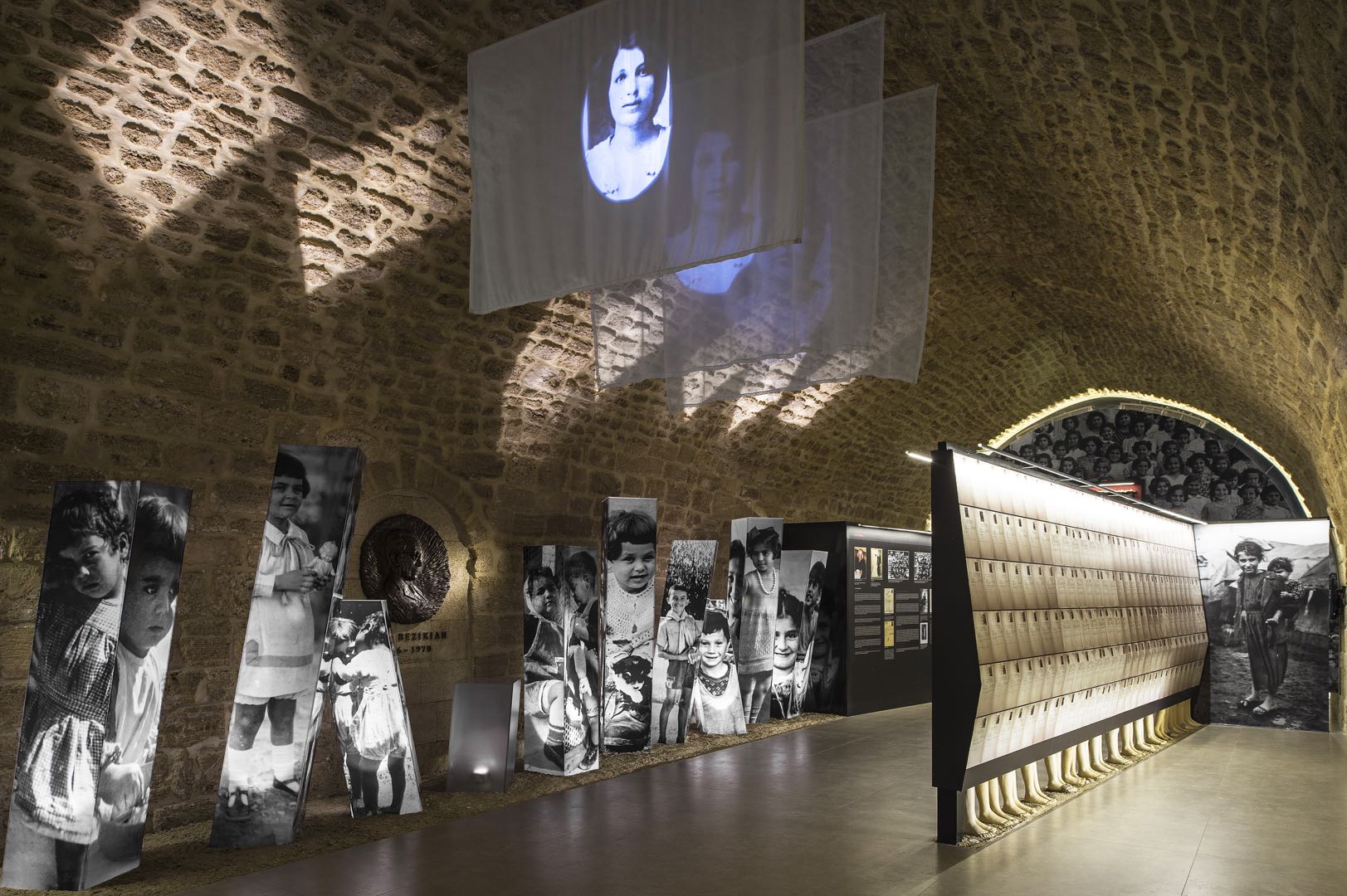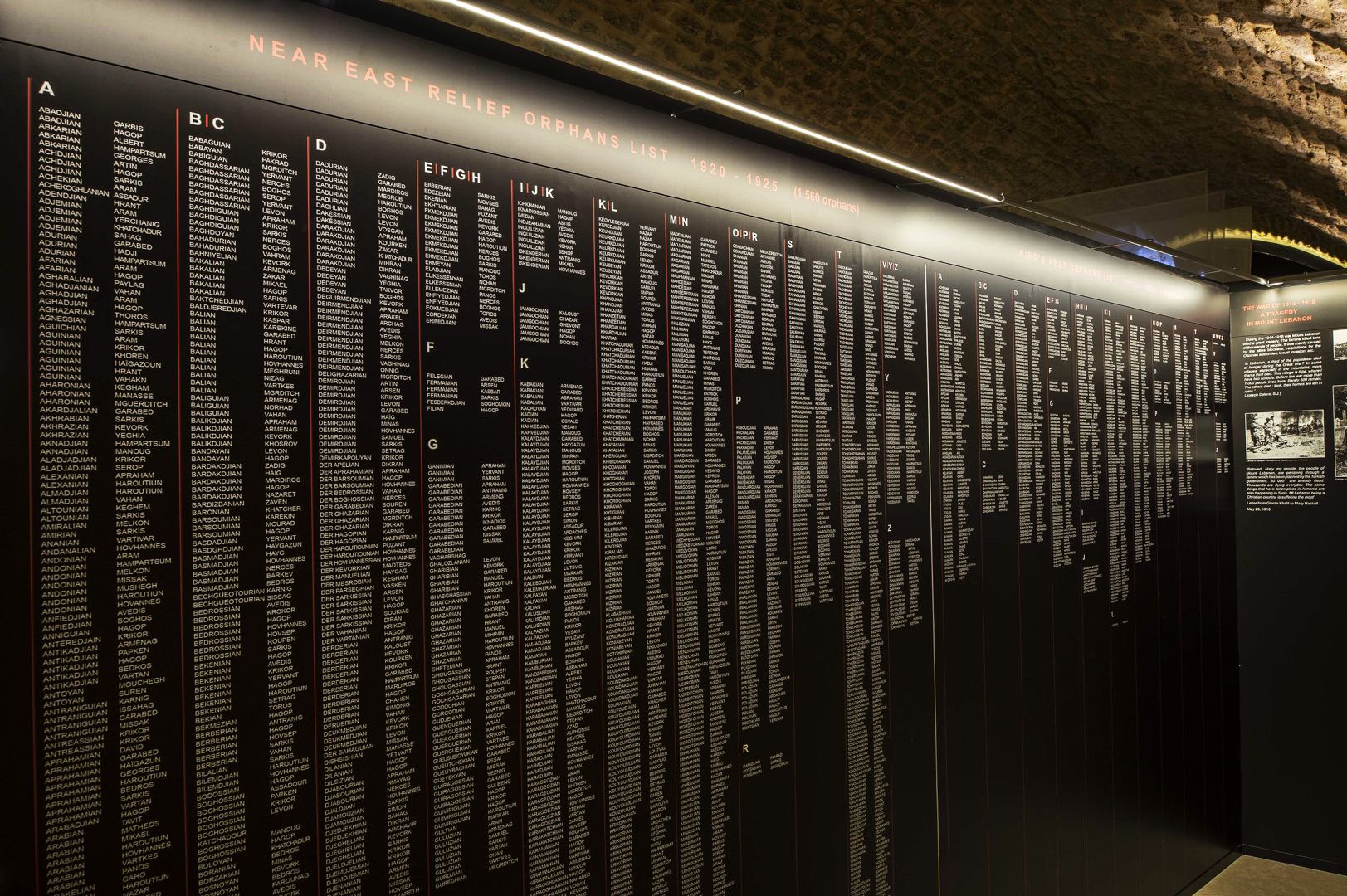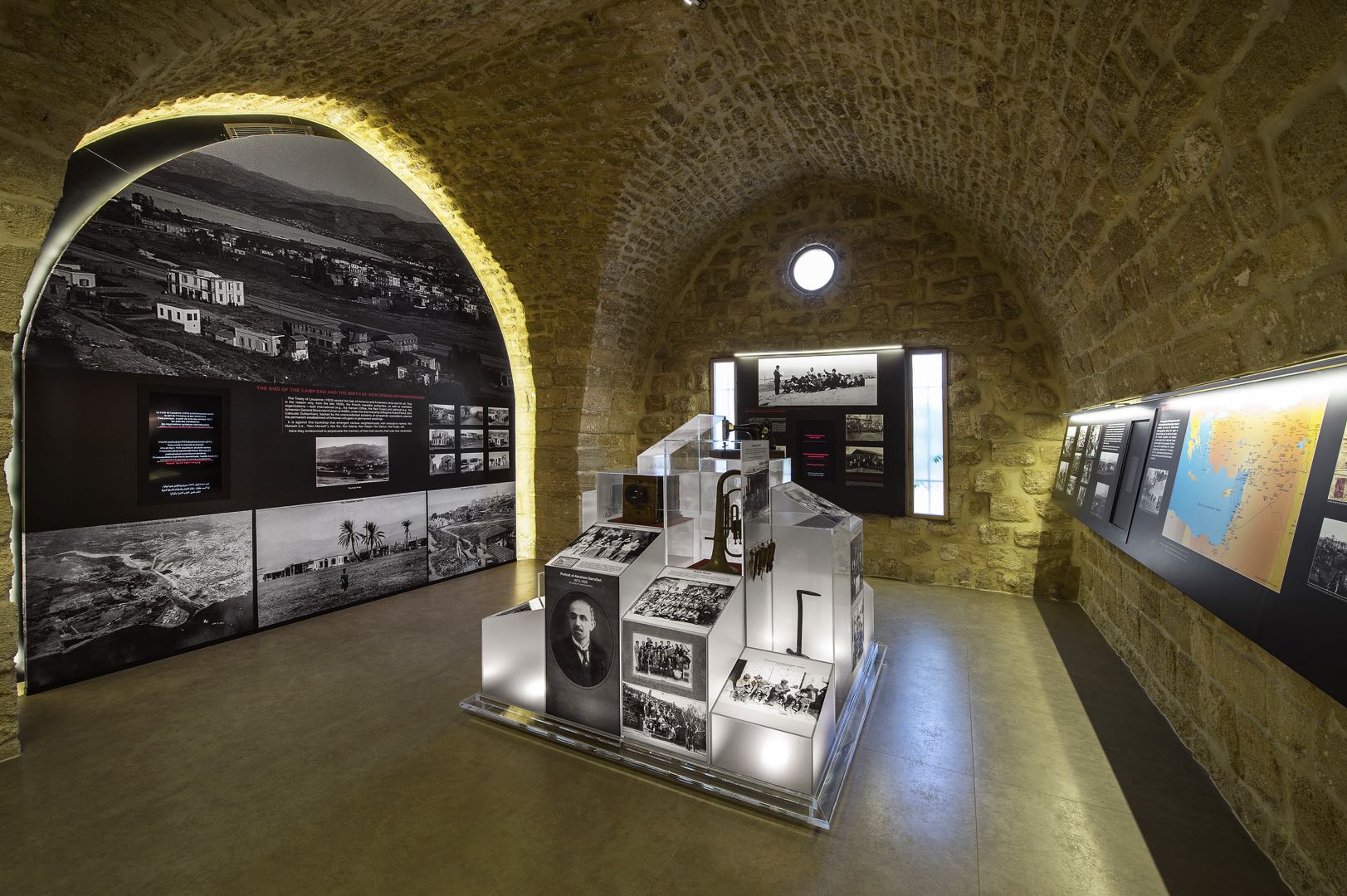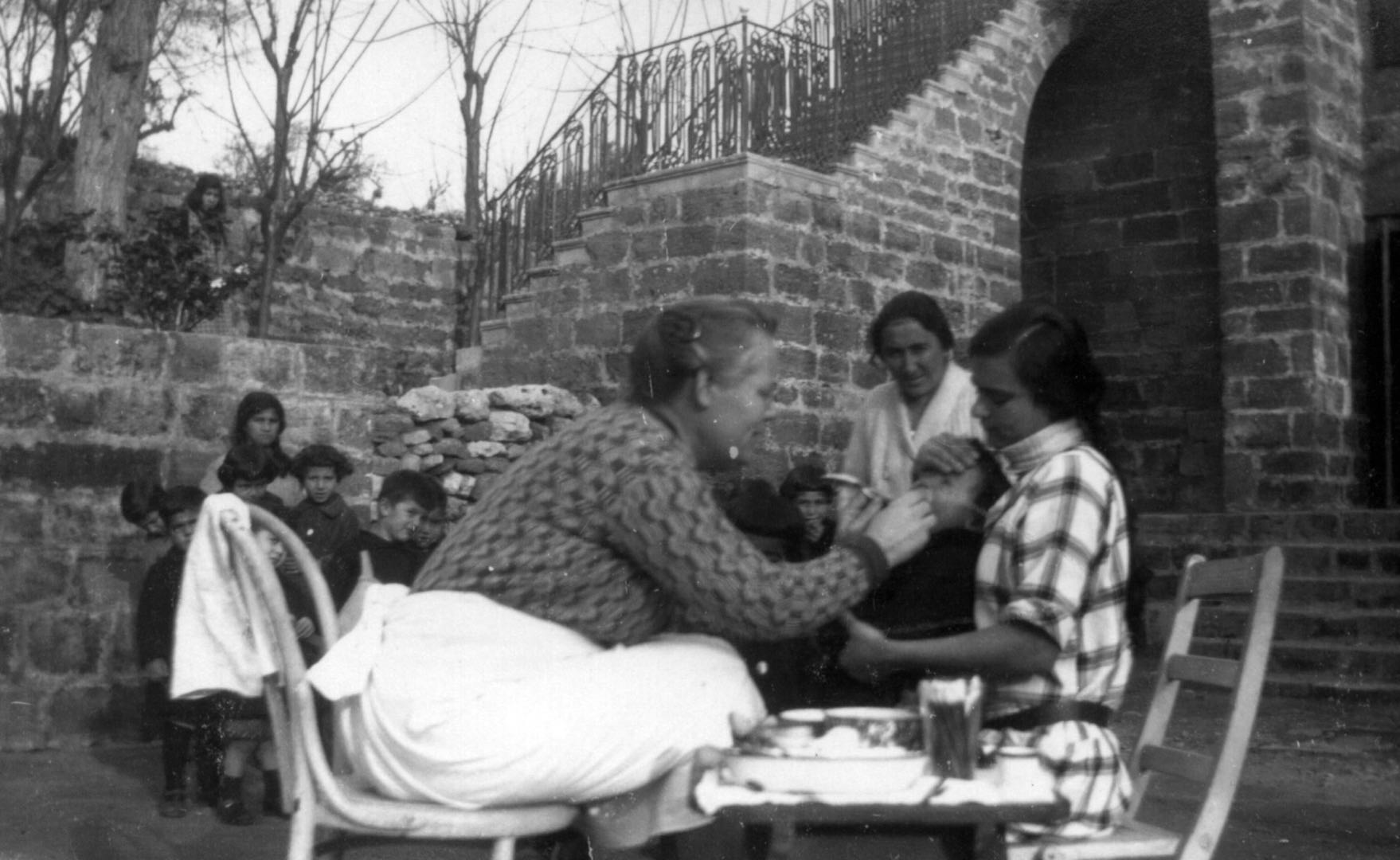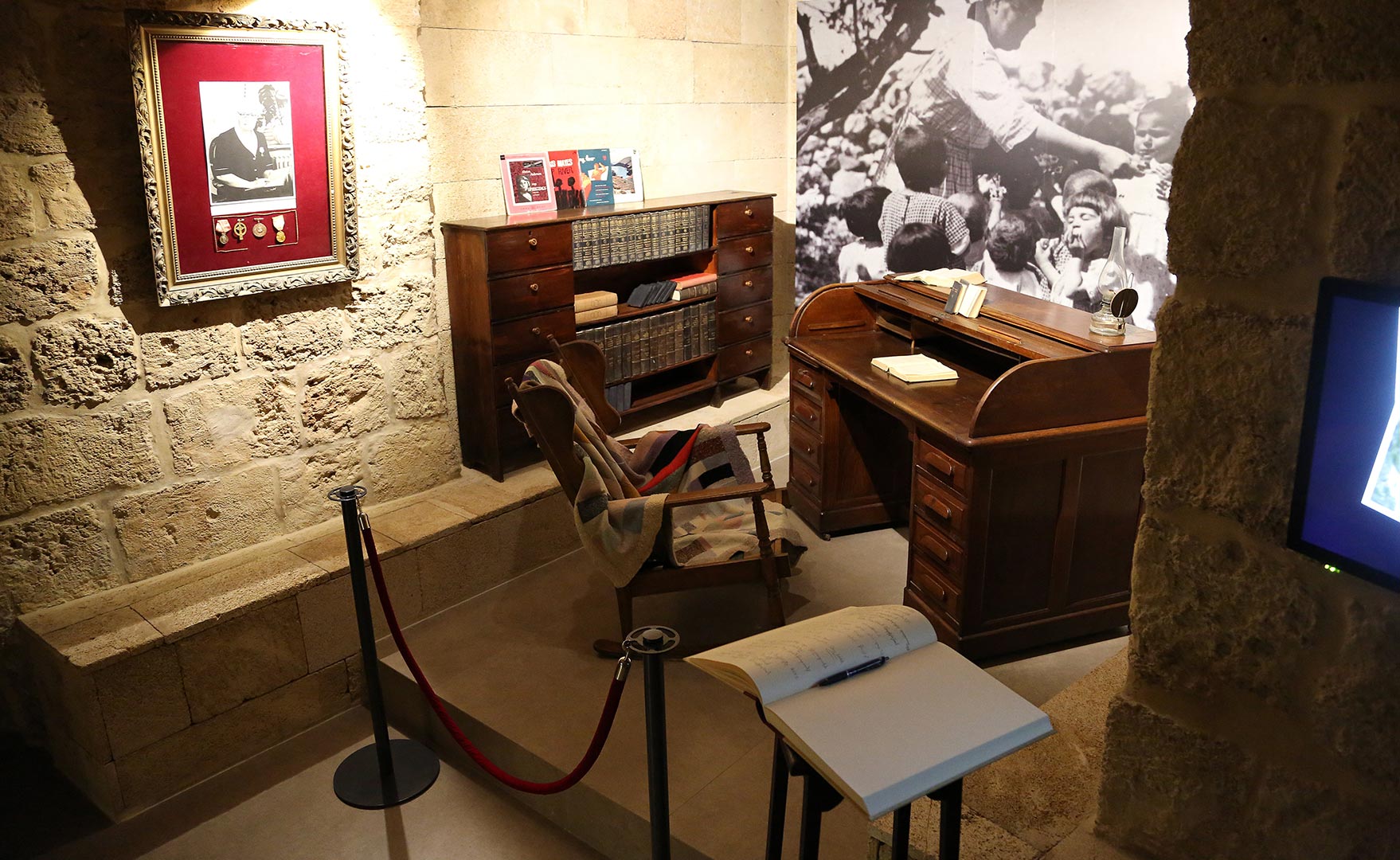The Armenian Genocide Orphans’ “Aram Bezikian” Museum is the first museum in the diaspora, outside of Armenia, that provides a physical space for the communal recognition and remembrance of the first massive genocide of the 20th Century.
During the massacres of 1915, around one and half million Armenians were eliminated from their historic homeland through forced deportations and massacres. The presence of this museum is crucial to honor the lives of the victims and demand justice in face of the continuous denial of this atrocious act.
The museum was constructed in the Byblos area, specifically, in the Bird’s Nest Orphanage that, immediately after the tragic massacres of 1915, hosted orphans who had survived those massacres. This project transformed their pillars of shelter into an eternal space of recognition and remembrance.

